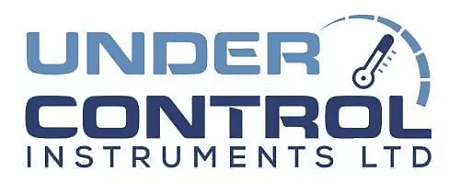Here we set out some useful tips and guidance to (hopefully) make the process a little easier.
Selecting the Right Heating Element For You
When it comes to choosing a new heating element for your application, you should always start by collecting information. Set aside just 10-15 minutes of your time and really think about your specific requirements and what you wish to achieve with the new piece of equipment.
It often helps to ask:
- What is the heating element needed for (i.e. to heat a solid, liquid or gas)?
- What temperature will the heating element need to reach?
- How much control do you require?
- What voltage is required?
- How long will the heating element need to be active?
Figuring out the answer to each of these questions can save you a lot of time and effort. They’re the questions we ask when customers get in touch, and they will help make the decision much easier.
5 Common Types of Heating Element
Here at Under Control, we currently stock 20 different types of industrial heating elements. Each one has a unique set of properties, therefore, making it ideal for certain applications. However, the five most popular include:
1. Cartridge Heaters
Cartridge heaters are a long tube-shaped heating element, designed for a push fit into holes. Suitable for temperatures up to 800°C, they demonstrate excellent heat transfer and long life. Moreover, they are commonly used for demanding localised heating (e.g. heating dies, moulds, platens).
2. Ceramic Heaters
Ceramic heating elements are typically used for heating and drying processes, such as vacuum forming, shrink wrapping, water evaporation and more. They are a highly energy-efficient heating element – converting 96% of their input power to heat – and they can be used for temperatures up to 700°C.
3. Tubular Heaters
Tubular heaters come in a variety of shapes, sizes, and materials. Consequently, they can be used across many industries for heat conduction, convection and radiation. Such heating elements are commonly bought to replace parts in Lincat, Parry, Moffat and Falcon kitchen equipment.
4. Strip Heaters
Strip heaters are a versatile and economical heating element. A finned and strip heater suitable for use in surface heating and process heating equipment, dropping resistors, defrosting equipment and much more.
5. Immersion Heaters
Immersion heaters are a highly efficient type of heating element, which transfer all their heat to the heating medium. They accommodate a range of commercial and domestic applications (e.g., boilers, washing machines, heavy-duty hot water baths) and also find common employment in the oil industry.
Get in Touch for Further Advice on Heating Elements
If you would like to know more about which heating element you should buy or the different types of heating element we offer, further information can be found in our heating elements catalogue. You’re also welcome to get in touch with our team of experts, who demonstrate excellent knowledge and experience in this area. They’re always happy to answer your questions and they can advise on the best industrial heating elements for your needs.
So why not give us a call today on 0121 238 2795? Alternatively, send an email to info@undercontrol.co.uk and we will respond to your enquiry as soon as possible.
If you found this blog useful, take a look at a previous one: Maintaining Electric Heating Elements

